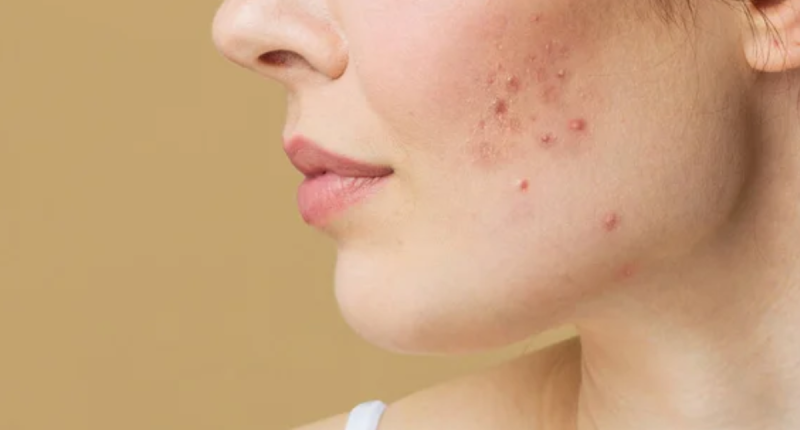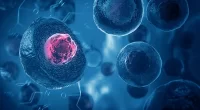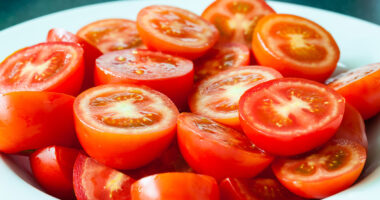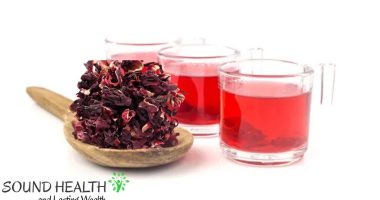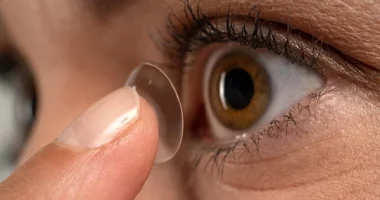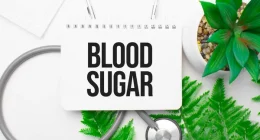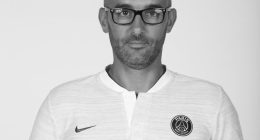If you don’t pop a pimple, the pus inside the pimple does not remain trapped under your skin. Your body is able to gradually reabsorb and eliminate it:
1. Natural Exfoliation: Over time, your skin’s natural exfoliation process kicks in. This means dead skin cells and the contents of the pimple, including the pus, are gradually shed from the surface. You might not even notice this happening, but it’s like a tiny garbage disposal working behind the scenes.
2. Absorption: White blood cells in your skin go to work attacking the bacteria and debris trapped inside the pimple. As the inflammation subsides, the pus can be reabsorbed by your body. This process is slower than popping the pimple, but it’s safer and avoids the risk of scarring or spreading bacteria.
3. Drying Up: Some pimples eventually dry up on their own, especially whiteheads. The pus inside hardens and forms a scab, which eventually falls off as your skin heals. This is a natural and safe way for your pimple to resolve itself.
What causes pimples to form on the skin?
Pimples, also known as acne, form on the skin due to several factors, including:
1. Clogged pores: Pimples occur when the sebaceous glands become more active, dead skin cells clog the pores, and sometimes an infection develops. Sebaceous glands produce sebum, an oil that helps keep skin from drying out, but excess sebum and dead skin cells can plug the pores, leading to the development of pimples.
2. Hormonal changes: Pimples are more common during the teenage years and times of hormone level increases, such as pregnancy and menstruation. Hormonal changes can cause the sebaceous glands to become overactive, leading to clogged pores and the formation of pimples.
3. Bacterial infection: The infection that causes acne is caused by an excess or high production of oil in the pore, which can lead to the development of pimples.
4. Inflammation: Inflamed lesions, such as pustules or papules, are topped by white or yellow pus-filled lesions that may be red at the base. The inflammation can cause the pimple to become more noticeable and painful.
Different types of pimples include:
Whiteheads: These are small, closed bumps that appear white or flesh-colored due to sebum and dead skin cells trapped inside the pore.
Blackheads: Similar to whiteheads, but with open pores that darken due to oxidation of sebum and dead skin cells, giving them a black appearance.
Papules: Small, red bumps that are tender to the touch, caused by inflammation around a clogged pore.
Pustules: Pus-filled pimples with a white or yellow center, surrounded by red inflammation. They develop when bacteria infects a clogged pore.
Nodules: Large, solid bumps that are deep under the skin and can be painful. They form when inflammation extends beyond the hair follicle.
Cysts: The most severe type of pimple, appearing as large, pus-filled lumps deep under the skin. They are very painful and can cause scarring if not treated properly.
Hormonal pimples: These are triggered by hormonal fluctuations, often during puberty, menstruation, or pregnancy. They can be any type of pimple, but are often nodular or cystic.
Stress pimples: Emotional stress can trigger the release of hormones that can worsen acne.
Medication-induced pimples: Some medications, such as steroids, can cause acne as a side effect.
To prevent pimples, it is essential to maintain a healthy skincare routine.
How to create a skincare routine to prevent pimples
To create an effective skincare routine to prevent pimples, follow these steps:
1. Cleanse: Choose a gentle, non-comedogenic cleanser that doesn’t clog pores and removes impurities, makeup, and excess oil from your skin.
2. Tone: Use a toner or astringent that helps to regulate oil production, reduce inflammation, and minimize the appearance of pores.
3. Acne treatment: Apply an acne treatment medication, such as a topical retinoid, salicylic acid, or benzoyl peroxide, to help reduce the number and size of pimples.
4. Moisturize: Use a non-greasy, oil-free moisturizer that helps to hydrate, soften, and smooth the skin. Look for products containing hyaluronic acid, ceramides, and niacinamide to support the skin barrier.
5. Sunscreen: Choose a broad-spectrum sunscreen that won’t clog pores or worsen breakouts. Sunscreen is crucial for protecting your skin from UV damage and preventing further acne flare-ups.
6. Exfoliate: Incorporate exfoliating products or treatments, such as chemical peels or microdermabrasion, to remove dead skin cells and unclog pores.
7. Maintain consistency: Be consistent with your skincare routine, cleansing and treating your skin daily, to prevent and clear acne.
Remember that individual acne routines may vary, and it’s essential to consult with a dermatologist or skincare professional to determine the best products and treatments for your specific skin type and acne concerns
The biology and psychology behind why you can’t resist popping pimples
Beyond the physical satisfaction, there’s actually a fascinating cocktail of biological and psychological factors at play that fuel our pimple-popping fascination.
Biological factors
Dopamine Rush: When we pop a pimple, especially a particularly satisfying one, our brains release a surge of dopamine, the “feel-good” neurotransmitter. This creates a sense of accomplishment and pleasure, reinforcing the behavior. It’s the same reward system that kicks in when we eat delicious food or complete a task.
Reduced Inflammation: When we successfully extract the pus from a pimple, we might experience a temporary reduction in inflammation and redness. This can feel physically gratifying, further adding to the positive feedback loop.
Sense of Control: By taking action against the blemish, we gain a sense of control over our appearance and skin health. This can be particularly appealing in situations where we feel stressed or out of control.
Psychological factors
Grooming Instinct: Humans, like many animals, have a natural instinct to groom and remove anything perceived as foreign or unclean from our bodies. Pimples, as imperfections on our skin, trigger this instinct, leading us to want to “cleanse” them.
Anxiety and Stress Relief: Picking at pimples can be a coping mechanism for anxiety and stress. The repetitive action itself can be distracting and soothing, providing temporary relief from emotional discomfort.
Compulsive Behavior: In some cases, pimple picking can become a compulsive behavior, fueled by obsessive thoughts and the irresistible urge to perform the action. This can be a symptom of dermatilomania, a skin picking disorder.
ALSO READ: Does popping pimples cause more pimples? Fact and Myth Explored
Note: This article is written based on scientific evidence found by the soundhealthandlastingwealth.com team. Sources are duly referenced.
